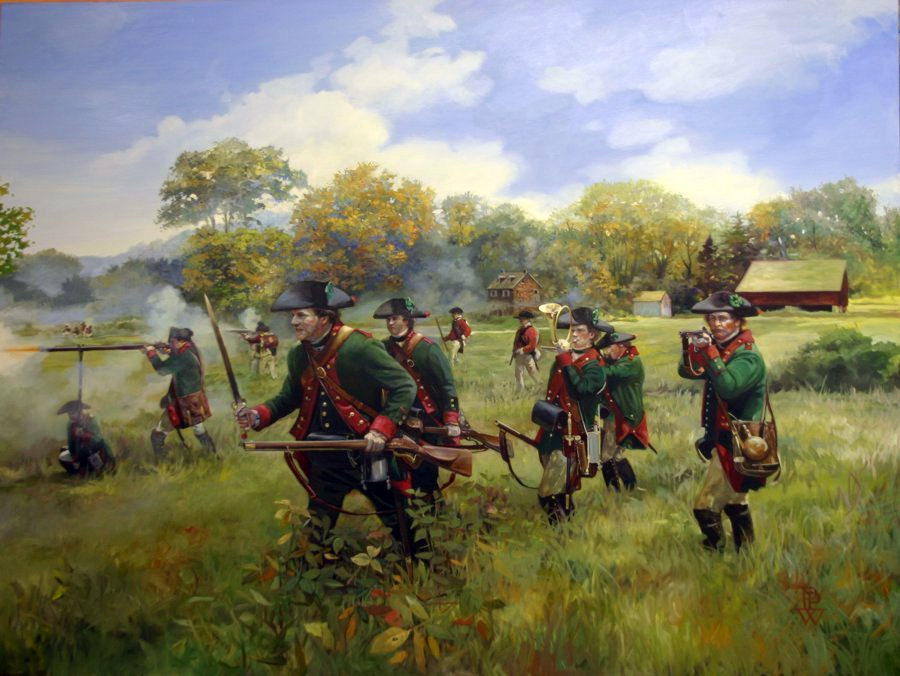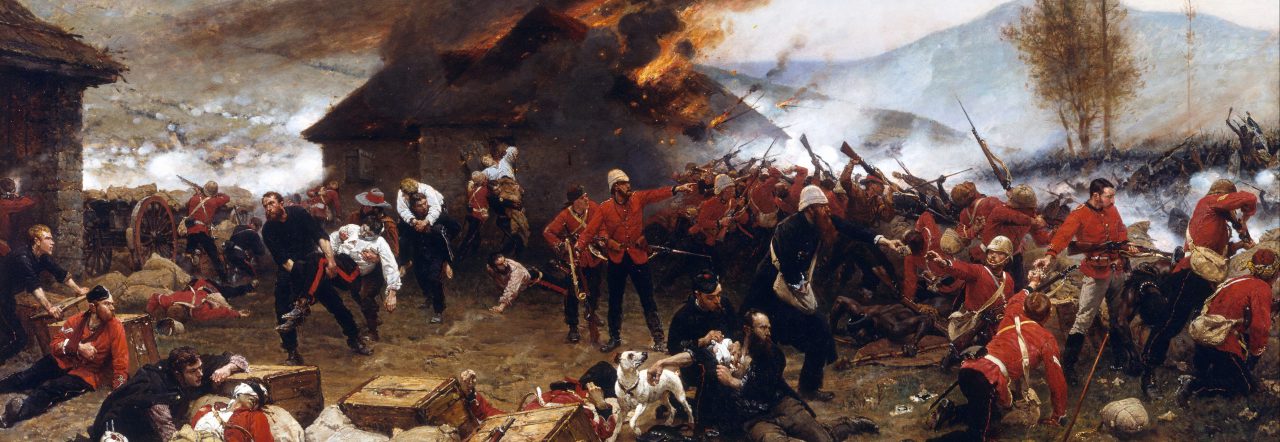When one mentions the American Revolution, people tend to think of Americans fighting British soldiers for their independence. Some may add Loyalists into the equation, French allies, and Native American tribes. One of the “supplemental” forces, however, is the go-to for many Americans – the Hessians.
So who are the Hessians? To understand these German mercenaries, we must dive into the British monarchy at the time of the American Revolution and its relationship with Germany.

King George III of England was not actually British, but a descendent of kings from Hanover. True, George III was born in Great Britain, but he still retained the crown of Hanover and both his father and grandfather, Georges II and I respectively, were born in Germany. Because of their Hanoverian lineage, the Georgian monarchs commanded the armies of Hanover as well as attracting support from many other German states. Hanover itself played little to no role in the revolution, simply taking over garrison duties from British regulars during and after the Siege of Gibraltar.
Since the Germans were on good terms with George III, many were willing to take up arms with the British in the revolution. Unfortunately, history has labelled them as “Hessians” when in reality, the units dispatched across the Atlantic were a diverse group of Germans. Hesse-Kassel made up the largest amount of these units, 16,000 troops, while Hesse-Hanau provided about 2,500 troops. Hesse-Kassel was renowned for renting its soldiers to foreign powers in order to generate a steady profit. This region had the highest percentage of its population in the military at the time, even more than the traditionally militaristic Prussian Empire.

Brunswick-Wolfenbuttel sent almost 6,000 men to America as their heir to the throne, Charles William Ferdinand, was married to the sister of George III. The Brunswickers had a treaty with Britain at the time and earned compensation for the dead and wounded.
Ansbach-Bayeruth sent 2,500 total soldiers in a desperate attempt to climb out of debt, which Margrave Charles Alexander had fallen deeply into. Though he earned a solid amount from the British crown, Charles Alexander was so far gone that he sold his own country to Prussia to escape debt, later moving to Britain where he lived out the rest of his days. Waldeck sent 1,000 troops to the war effort while around 600 soldiers from Anhalt-Zerbst were sent to garrison New York City and Quebec.

Now it’s time for some math. About 28,500 Germans saw service in the American revolution. Combining the two Hessian territories of Hesse-Kassel and Hesse-Hanau, we get 18,500 soldiers who can actually be called “Hessians.” This constitutes just about 65% of German troops who fought in the American Revolution. While Hessians were a minority, they were by no means the sole German representative!
